Old HK in Taipei
Primary tabs
I spent last weekend in Taipei, and before I went I asked in the Forum for any recommendations of Gwulo-y places to visit. Thomas replied suggesting Fort San Domingo in Tamsui. It's easy to get to from Taipei, so that's where we went.
We picked up this map from the information office near Tamsui station. A Hong Kong name caught my eye - can you spot it?
Douglas Lapraik was an important businessman in 19th-century Hong Kong. I was curious to find out about his connection with Tamsui, and as the building is on the way to the fort we called in there first.
Douglas Lapraik & Co.
The site is described as:
Douglas Lapraik & Co. Warehouses
Originally founded by the namesake Scottish trader in Hong Kong, Douglas Lapraik & Co. established regulalrly scheduled shipping services between Taiwan and China in the late 19th century. The business was prosperous and the company soon dominated the routes. Its facilities in Tamsui once included warehouses, living quarters, and docks by the river. As the only two buildings that still gracefully stand, Douglas Lapraik & Co. Warehouses now provide spaces for special events and exhibitions.
The two remaining buildings are the smaller "First Examination Site" shown above, and a larger "Import Warehouse" behind:
Only the smaller building was open when we visited. The ceiling shows it has been carefully renovated:
Though most of the information on the wall is in Chinese, they also have a tri-lingual (Chinese / English / Japanese) book about the buildings and their history. The helpful lady at the information desk will lend you her copy to take a look.
Treaties
Two treaties framed the golden years of Douglas Lapraik & Co.'s operations in Tamsui. First came the Tientsin (Tianjin) Treaty of 1858, which opened up several Chinese ports to foreign trade. The list included Tamsui, though the foreigners would have to wait until 1862 til they could actually start trading there.
I don't know how quickly Douglas Lapraik & Co. started sailing to Tamsui, but they were definitely sailing there by 1875, as this advert shows (Amoy and Takao are today's Xiamen and Kaohsiung):
They must have done well, as in 1898 a message to the Japanese consul in Xiamen noted: "The six steam ships of the Douglas Shipping Company have a monopoly of the Hong Kong, Shantou, Xiamen, Fuzhou and Taiwan shipping routes."
The Japanese were very interested in the monopoly because of the second treaty, the Treaty of Shimonoseki in 1895. It ended the First Sino-Japanese War, and one of its terms was to cede Taiwan to Japan. Now that Tamsui was under Japanese rule, they weren't impressed that a foreign line controlled shipping to and from the port. Descriptions of what happened next vary...
A blog about Tamsui's history says the Japanese forced Douglas out very directly:
After Japan took over Taiwan in 1895, the Douglas shipping rights were gradually stripped, often by decree, and eventually given to Japanese shipping companies instead.
The Ships List website describes it as purely economic competition, which eventually led to Douglas cutting its losses and leaving:
The cession of Taiwan to Japan under the Treaty of Shimonoseki in 1895 which ended the Sino-Japanese War, struck the company a heavy blow. Osaka Shosen Kaisha (OSK) placed several steamers on the Amoy Tansui Line and the Douglas Steamship Company was forced to cut down freight rates. Also, OSK opened several other lines and began to compete on the China coast with Douglas Steamship Company and the company incurred severe losses.
The book at the information desk describes a combination of those two stories that sounds most likely: The Japanese government ordered the Osaka Merchant Shipping Company ((we know them as OSK)) to start running services in competition with Douglas, and at the same time subsidised OSK so they could undercut Douglas's rates. So the Japanese government didn't directly prohibit the Douglas ships from sailing into Tamsui, but made it clear they'd lose money if they did.
That same book writes:
After the Japanese came to power in Taiwan, Douglas Lapraik & Co. (the Douglas Steamship Company) abandoned all of its Taiwan routes by 1902, ending more than 30 years of business in Taiwan. However, the company continued to operate its South China routes.
However it looks as though they struggled on for at least another year or two, as in 1903 the competition was still underway:
ACCORDING to a Japan exchange the O.S.K. and the Douglas Steamship Co. are flghting tooth and nail for the Hongkong Tamsui trade.
Page 6 of the Hong Kong Telegraph, 21st July 1903.
In any case, Douglas Lapraik & Co.'s days at Tamsui were numbered.
That's enough about Douglas for now - time to head on to the Fort. (But if you're visiting make sure you pick up a free "Map + Heritage Guide" from the information desk first. It has more information about the history of the area than the map they give out at the station.)
Fort San Domingo (really Fort Antonio!)
Odd choice of name - all the maps show the site as Fort San Domingo. Yes, the Spanish built a fort here in 1628 and named it Fort San Domingo. But, no trace of it remains today! Instead the red building seen above is Fort Antonio, built by the Dutch in 1646.
I was happy to see such an old building with a European connection, and as a bonus it has a direct connection to the UK, as it housed the British Consulate for over a century. The British first rented it for their consulate in 1863, the year after Tamsui was opened to foreign trade.
Inside the fort you'll still find traces of consulate use, including the safe where the consul's marmite, digestives, and other valuables were kept:
And an incinerator for burning top secret documents.
Unlike Douglas Lapraik & Co., the consulate wasn't immediately affected when the Japanese took control of Taiwan. December 1941 changed all that, when Japan declared war on Britain and the consulate was closed. I imagine the incinerator saw some hurried use on that day.
The consulate re-opened in 1947, and continued in use until Britain upgraded its consul & consulate in Beijing to an ambassador & embassy. One of the conditions of the deal was that Britain would close its consulates in Taiwan, so in 1972 the consulate finally closed for good.
You can read all this and more as you walk around the fort, as there are lots of good information boards, and here they are all tri-lingual.
The fort is a sturdy building, but not very comfortable to live in. So in 1891 they built the consul's red-brick residence next door:
The design includes plenty of roses and thistles as a reminder of home:
The brickwork also includes a "VR" (Victoria Regina) from when the residence was built in 1891. (Hong Kong Post Office please take note!)
Mr Mackay's legacy
As you step out from the consulate grounds, you'll see several more old buildings nearby. They trace their roots to George Leslie Mackay, a Presbyterian missionary who came to Taiwan in 1871 and founded churches, schools, and a hospital. The first of those schools you'll see is Oxford College:
And the Tamsui Girls School is just a short distance away:
Today the Oxford College name would seem like a bit of clever marketing, but the origin of the name was much more straightforward. Mackay was born in Oxford County, Canada, and he raised funds to build the college on a visit home in the early 1880s. Oxford County's contributions were commemorated in the college name.
We walked back downhill to the seafront, then on til we reached Fisherman's Wharf. We'd had enough walking by then, so we caught a ferry back to Tamsui and the MRT station. Our last photo from Tamsui shows the fort and consul's residence, seen from the ferry:
Getting here is easy, just catch the red MRT line north and Tamsui is the end of the line. The area near the station is a popular tourist spot, and the crowded streets are full of shops selling food and souvenirs. But persevere and at about the distance from the station where you can't squeeze in another fried snack or giant ice-cream cone, the crowds thin. The walk from Douglas Lapraik & Co. onwards wasn't busy at all.
More things to see in Taipei? Thomas notes there are still parts of the old Taipei walled city to be seen. And if you have time, Moddsey recommends a day trip to Kinmen (Quemoy) to view the military history of the place (see photos of Kinmen). I also spotted this pillbox at South Village 44, a short walk away from Taipei 101:
If you spot any interesting historical sites on side trips from Hong Kong, please let us know!
Regards,
David
|
New on Gwulo.com this week:
Looking for information (photos, facts, memories, etc.) about: |
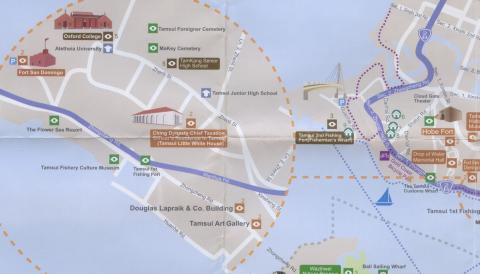
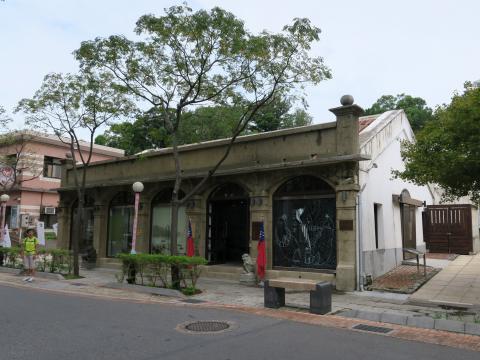

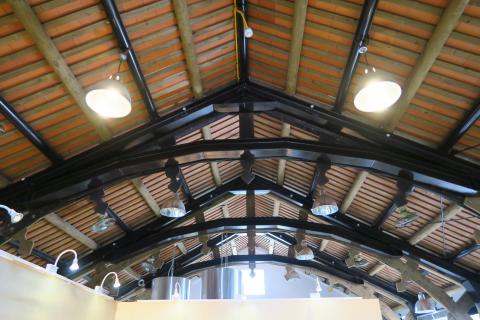
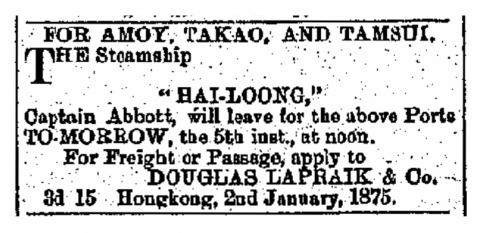
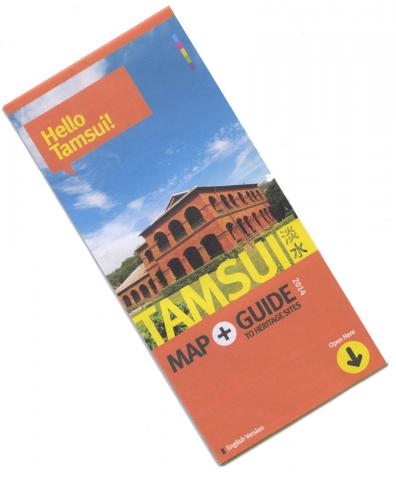
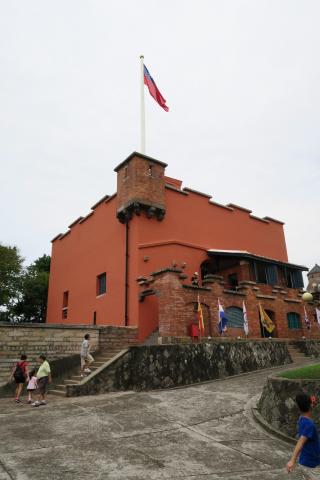
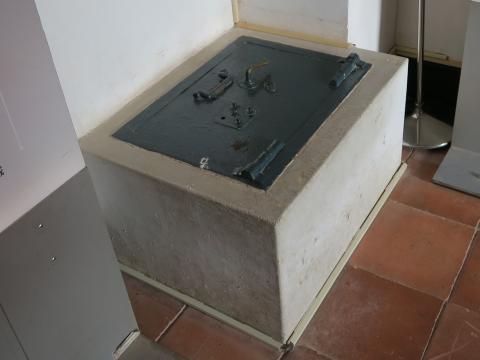
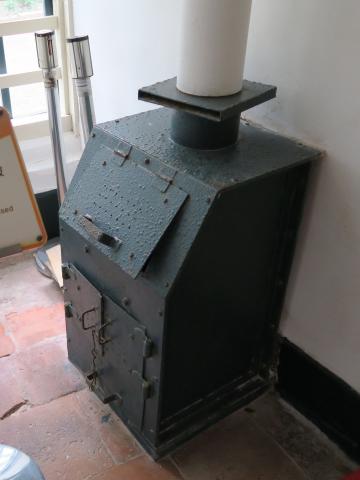
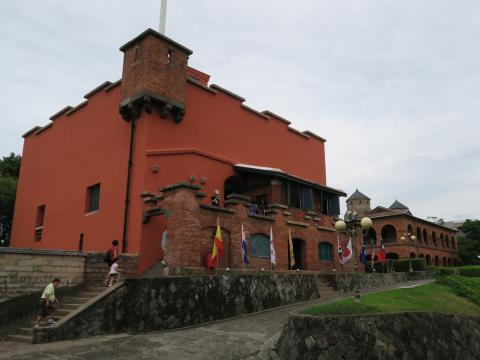
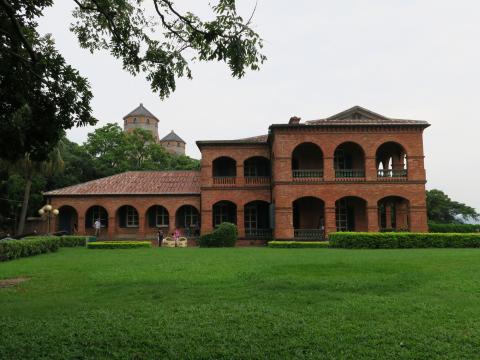
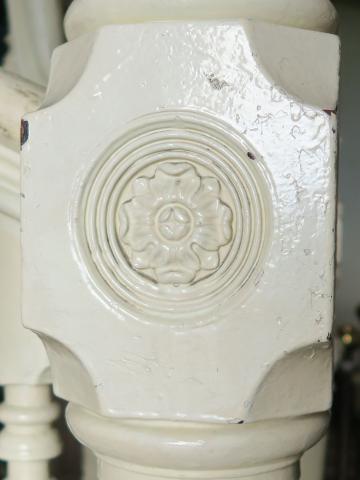
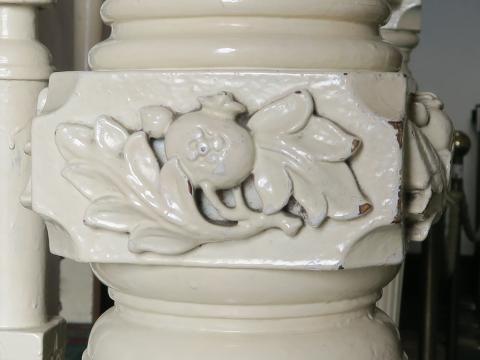
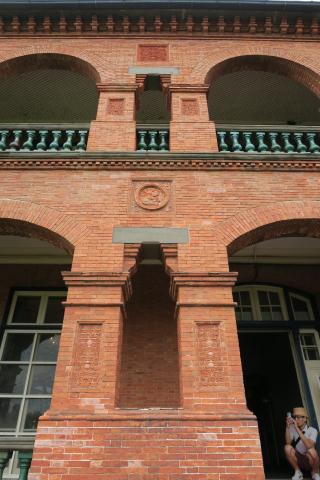
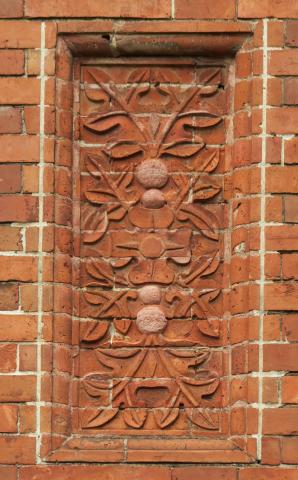
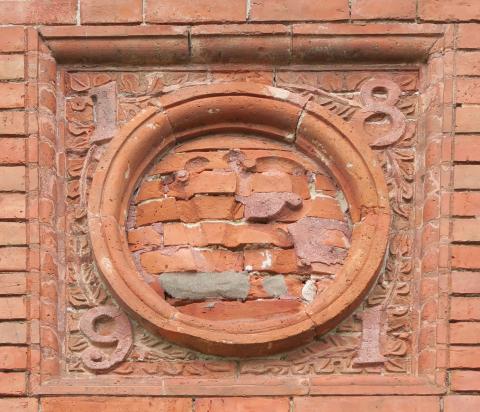
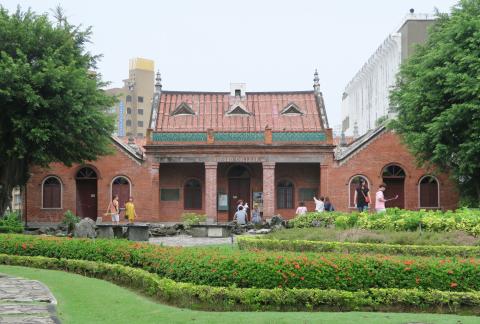
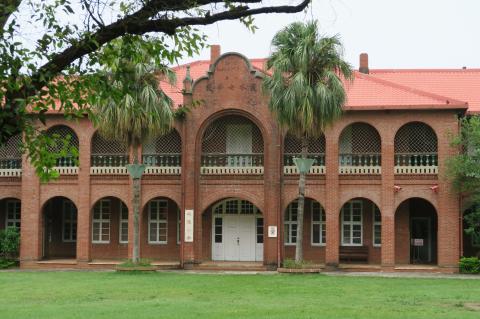
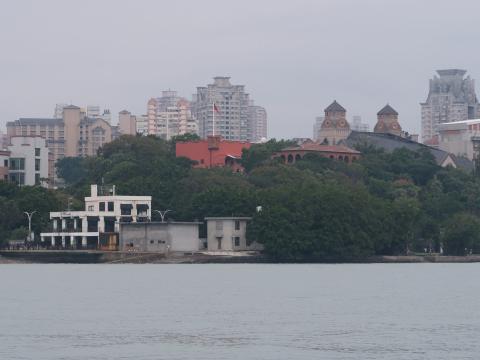
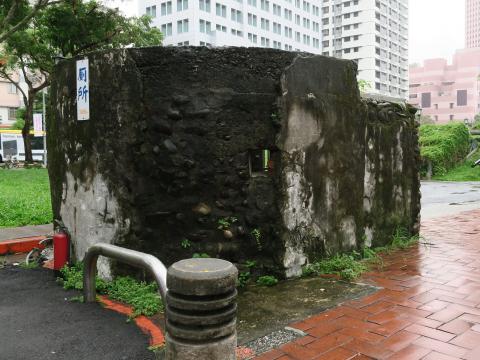
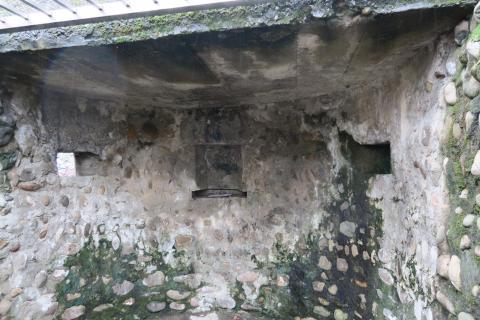

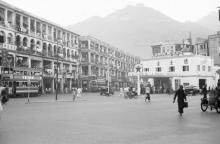
Comments
Sign
Hi David,
Fascinating how you are able to find gwulo-y places to see and write about basically anywhere you go. That pillbox though is funny because your photo captures it with a giant sign saying 'toilet'. I guess protection and regeneration of old sites can take many forms, including using pillboxes as toilets!
breskvar
Former British Consulates in Taiwan
David , thanks for this interesting article and update on the Tamshui local government's (& NGO's ?) obvious recent efforts to improve conservation and bring public attention to their splendid historical sites.
I did some snooping around this district about ten years ago and in those days there were few signs identifying historic buildings (certainly little in English). That Heritage pamphlet, you show the cover of must be very useful. It's a pity it seems to be out of print and no longer readily available.
If readers venture to other cities in Taiwan, there are other hidden gems also waiting to be discovered. The Treaty of Tientsin provided for the establishment of many additional Treaty Ports within China including at the southern ports of "Taiwan-fu" (Tainan) and Takao (near modern day Kaohsiung) . Robert Swinhoe, Britain's first consul in Taiwan (1861- 1866) established a consulate at Takao even earlier than the one at Tamshui, although initially this was located in an opium receiving ship leased from Dent & Co*1. A new red brick consular building (including a fine residence) was commissioned & built 1866. The building stood the ravages of time until quite recent years when it was badly damaged in a typhoon and the roof collapsed. The front facade, however, remained basically intact with some of the interior walls also still extant. In the early 2000s it was declared a monument and has since been restored as a museum.
Note: *1 "China's Foreign Places" by Robert Nield.
Old Taiwan
Breskvar, I don't recognise many Chinese characters and I'd completely missed that sign! I'm happy to report that the public toilet is out of sight on the right in the South Village 44, and that it was very clean. The village also houses a cafe, Good Cho's, where we enjoyed a tasty lunch. There's an information centre about the village that I'd liked to have seen too, but it was shut for the national day public holidays.
Peter, even the basic map we picked up near the station included good information about the heritage sites, so the local tourist department definitely considers them as something to highlight. It's good to see.
Thanks for the photos of Takao too, something to keep in mind for a future visit.
Regards, David
Tainan
Your picture of a blockhouse/pill box reminded me of a similar trip I did a couple of years ago, but the one I found was in Tainan in the south of Taiwan. It now sits inside one of the large local parks (I think it was Tainan Park).
Thanks Phil, more things to
Thanks Phil, more things to visit! I guess there must be loads of old military relics around, both Japanese from the 1940s and KMT from the 1950s on. It'd be interesting to know who built the pillbox in the Taipei photo above, and who they were defending themselves against.
Re: Pillbox in Taipei
Hi David,
Japan occupied Taiwan from 1895 through World War II. Those pillboxes were likely Japanese made.
T
Pillboxes in Taipei
Hi T,
I had an interesting message from John Bechtel, who remembers visiting Taipei as a boy in 1947:
It was like an armed camp and the stores etc downtown did not like it. The sidewalks were torn up with trenches in all the street sidewalks. There were armed guards at all bridges we crossed and many parts of the island were not permitting visitors. Military were all over and they were expecting an invasion. We docked on a ship called the Hermod and at the next dock was a ship down loading US military equipment from the US military from WWII They gave me three bayonets which I still own. My Dad wanted us to go stay in a hotel but we were not permitted to do so. People were frightened..I was 7 years old at the time.. Frightening but exciting for a young boy.. John
So the pillbox I saw may be from the Japanese era, or possibly from the defences built by the KMT.
I imagine there must be a lot of military relics around Taiwan, both Japanese- and KMT-built, from the various preparations against invasion.
Regards, David
Re: Pillbox in Taiwan
Hi David,
Yes, you are quite right. I have totally forgotton about the second Civil War years between the end of WWII and 1949. The KMT General Chen started the second curfew on 20th May 1949 and didn't lift it until 15th July 1987.
T
Above information was picked from Wiki (https://zh.wikipedia.org/wiki/%E8%87%BA%E7%81%A3%E7%9C%81%E6%88%92%E5%9A...)